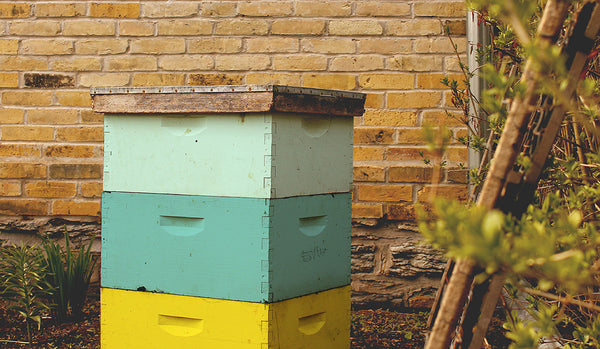
Honeybees use a wide variety of plants for nectar and pollen sources here in central Minnesota. Looking out my window, I see a plethora of forage for them here on the farm in mid-May. Fruit trees, dandelions, oak trees, honeysuckle, and wild mustard are all in bloom with black locust trees coming next along with alsike clover and berry bushes like raspberries and blackberries. The cycle of different food sources coming into bloom lasts into the fall and goes by unnoticed by most people.

Having a hive of honeybees on your property connects you with this cycle of life as the bees become the mechanism to move pollen from tree, shrub and plant flowers that eventually turns into more seeds of the different plants being visited.
The number of people adding a colony of 35,000 plus honeybees to their landscape is growing in the United States. Landowners get involved with helping all pollinators by planting beneficial plants, prairie restorations, and other herb and flower gardens.

Ames Farm is offering to help you complete the cycle by renting a honeybee hive and beekeeper. If you've always wanted honeybees on your property, but don't want to spent the time and assume the responsibility of caring for a hive (or hives), we offer rentals from May to September. We supply the hive, take care of it for you, and harvest the honey in fall.
In addition to enjoying the bees and having them pollinate your land, a 30-60 pound portion of the honey crop is yours! Enjoy raw honey year-round produced on your property. Custom labeled jars are also available to fit your style and personal needs. Learn more about beehive rentals here.



